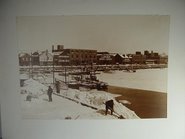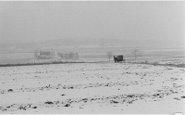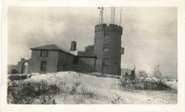Winter '09 / '10 - How Much for Philly?
Anthony Wood...staff writer for the Philadelphia Inquirer...interviewed AccuWx/s Chief Meteorologist Joe Bastardi...who offered up a few additional details about what's in store for Philly this winter
PHL Monthly Snowfall Climo (66-year NCDC period of record)
DEC: 3.4"
JAN: 6.0"
FEB: 7.0"
MAR: 3.4"
More...
"...temperatures to be about 2 degrees below average...with perhaps 30 inches of snow.Average season-total snowfall @PHL: 21" AccuWx/s expecting 43% more snow than normal.
"I do think there are going to be a couple of big-ticket storms..."
PHL Monthly Snowfall Climo (66-year NCDC period of record)
DEC: 3.4"
JAN: 6.0"
FEB: 7.0"
MAR: 3.4"
More...



























